- Learning time
- 30 minutes
- First play time
- 120 minutes
Evolution: Climate
Designed by: Dmitry Knorre,Dominic Crapuchettes,Sergey Machin
Evolution: Climate is an iteration of an earlier game, Evolution and there is also an Evolution: Oceans available. At time of writing this is the only one we’ve played, but there is apparently a lot of crossover between them in terms of gameplay and, of course, the overarching theme.
You win the game by – loosely speaking – having eaten the most food, which might sound odd at first but makes sense when you play. Food is a kind of measure by which the success of each species can be recorded: the more successful it is, then obviously the more food it needs to remain so. So the goal is to generate successful species, which is all powered by trait cards. At the start of each round, players receive 4 cards plus an extra card for each species they currently control: just one at the beginning, but potentially more later. Cards are used for every action, but before you spend them you must contribute one, face down, to the shared climate board as a donation of food (the number on the bottom right of the card). We’ll come to that shortly.
In turn order players now spend as many cards as they choose. You can discard a card to start up another species, by placing another species board in front of you with its population and body size set to one. You can increase the population or the body size on any species by discarding a card as well: you might do the former because the bigger the population, the more food you might get. And you might do the latter as an attack (as carnivores) or defence (as prey) mechanism – the last action you can do is play a trait card face-down to one of your species, before revealing at the end of the round. These traits give the species in question some kind of advantage, and can be critical to your success: some allow you to gather more food, others to protect against carnivore attacks, and some allow your species to turn carnivore, and eat other species!
After everyone has played all the cards they want, the cards donated to the climate board are revealed and define two things: the shared climate, that begins temperate, may change depending on how many sun or snow symbols there are on the cards, making the climate hotter or cooler. The climate itself can make a difference to how much food there is, either adding some (warm/tropical/hot) or taking away (cold/freezing/ice age), and potentially wiping out some of your populations at their most extreme: bigger animals will struggle in the heat, and smaller ones in the cold. Also! There are climate event cards that are triggered if the marker reaches them.
Then the food is shared out, one at a time, with plant-eating animals slowly filling up their species boards until – if there’s enough food – their population is ‘fed’. The fly in the ointment here is the carnivores – they ignore the board and eat the other species (perhaps even their own!) taking food from the general supply instead, and as they do so, the targeted species population is forced to drop -perhaps even to the point of extinction – an event that can also happen if there just isn’t enough food to go around. Players store all of their food at the end of feeding in a bag, and get replacements for any trait cards lost to extinction, then a new round begins. This continues until the cards run out, at which point players add up their total food, current population and an additional one point per trait card assigned to any active species.
The guru's verdict
-
Take That!
Take That!
Plenty, unless you want to add a no-carnivores house-rule (which might help younger kids appreciate the game). We like it feisty though, and the brutality of the natural world is an inherent part of its beauty, as well as the experience of the game.
-
Fidget Factor!
Fidget Factor!
The rules are pretty light, and if you ignore tactics and strategy, very easy to implement. There's only three actions to choose from, and each species has a maximum of three traits.
-
Brain Burn!
Brain Burn!
On a first play there is, as with so many first plays, a sense of having no real idea what you're doing. This species is symbiotic, foraging, and has horns - I guess? But it's absolutely worth persisting with because you begin to see what traits combine best, and how your species can actually support and protect each other.
-
Again Again!
Again Again!
Enormous variety in not just the cards, but how they combine in thousands of different ways. Tactical options abound, as well as different strategic approaches: aggressive or defensive? Specialise or diversify?

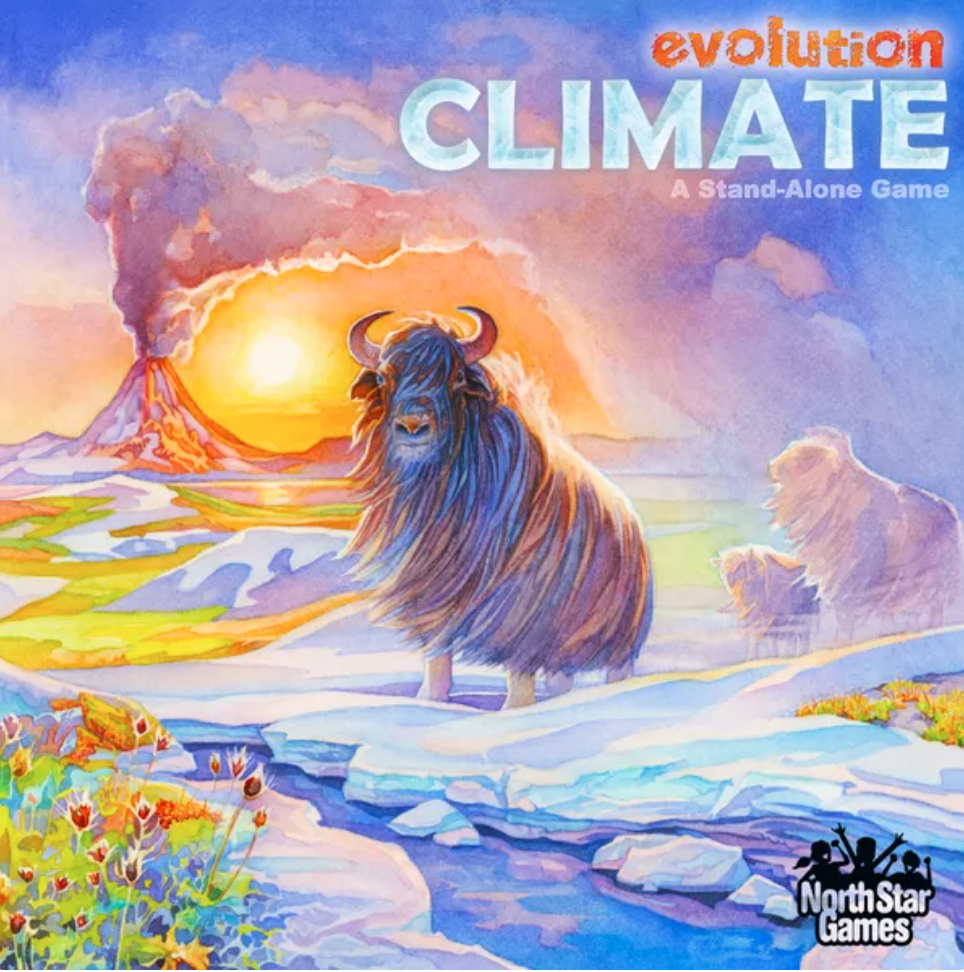

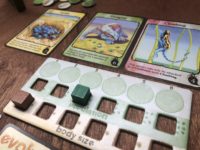

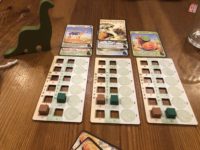


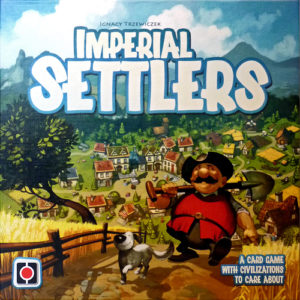
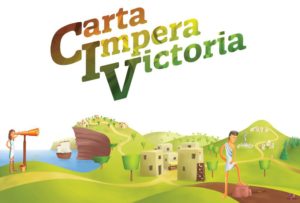
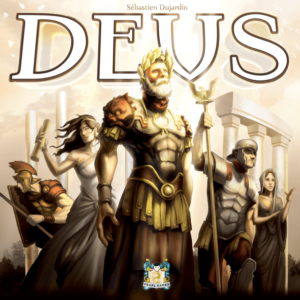

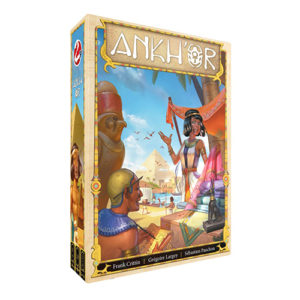
Sam says
A very combative, literal dog-eat-dog experience where the play arises out of three simple actions but the drama unfolding seems so much bigger. Using actions to make more species gets you more cards (if they survive) which is great in the short term, whereas building up existing species gets you more food, but runs the risk of starting again if they're wiped out by carnivore attacks or food shortages. It's one of the most thematically immersive games I've ever played, which considering the huge brushstrokes here, is some achievement. What manifests from a few chits and a large deck of cards is just an excellent game.